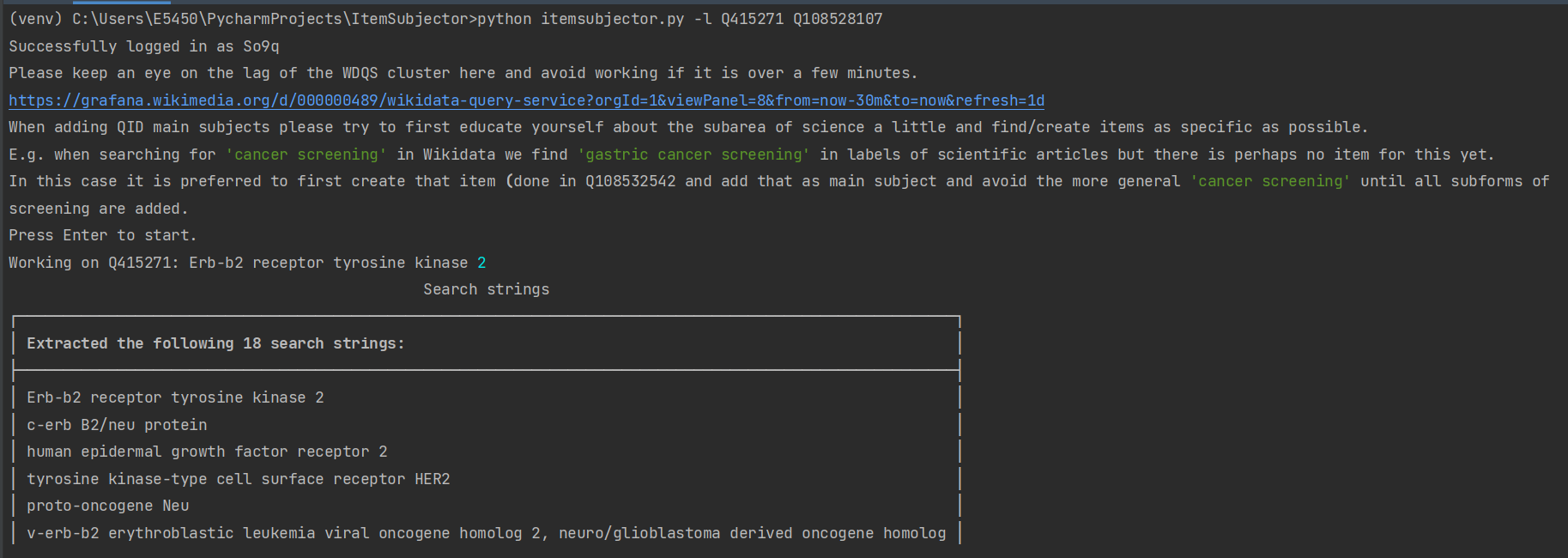Negative Sampling for NER
Unlabeled entity problem is prevalent in many NER scenarios (e.g., weakly supervised NER). Our paper in ICLR-2021 proposes using negative sampling for solving this important issue. This repo. contains the implementation of our approach.
Note that this is not an officially supported Tencent product.
Preparation
Two steps. Firstly, reformulate the NER data and move it into a new folder named "dataset". The folder contains {train, dev, test}.json. Each JSON file is a list of dicts. See the following case:
[
{
"sentence": "['Somerset', '83', 'and', '174', '(', 'P.', 'Simmons', '4-38', ')', ',', 'Leicestershire', '296', '.']",
"labeled entities": "[(0, 0, 'ORG'), (5, 6, 'PER'), (10, 10, 'ORG')]",
},
{
"sentence": "['Leicestershire', '22', 'points', ',', 'Somerset', '4', '.']",
"labeled entities": "[(0, 0, 'ORG'), (4, 4, 'ORG')]",
}
]
Secondly, pretrained LM (i.e., BERT) and eval. script. Create a dir. named "resource" and arrange them as
- resource
- bert-base-cased
- model.pt
- vocab.txt
- conlleval.pl
- bert-base-cased
Note that the files in BERT.tar.gz need to be renamed as above.
Training and Test
CUDA_VISIBLE_DEVICES=0 python main.py -dd dataset -cd save -rd resource
Citation
@inproceedings{li2021empirical,
title={Empirical Analysis of Unlabeled Entity Problem in Named Entity Recognition},
author={Yangming Li and lemao liu and Shuming Shi},
booktitle={International Conference on Learning Representations},
year={2021},
url={https://openreview.net/forum?id=5jRVa89sZk}
}



 train、dev、test数据用的都是示例提供的数据
train、dev、test数据用的都是示例提供的数据